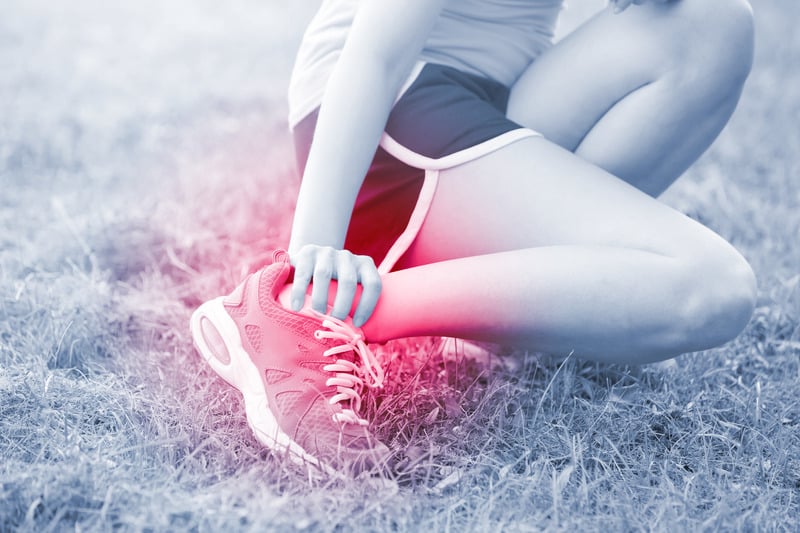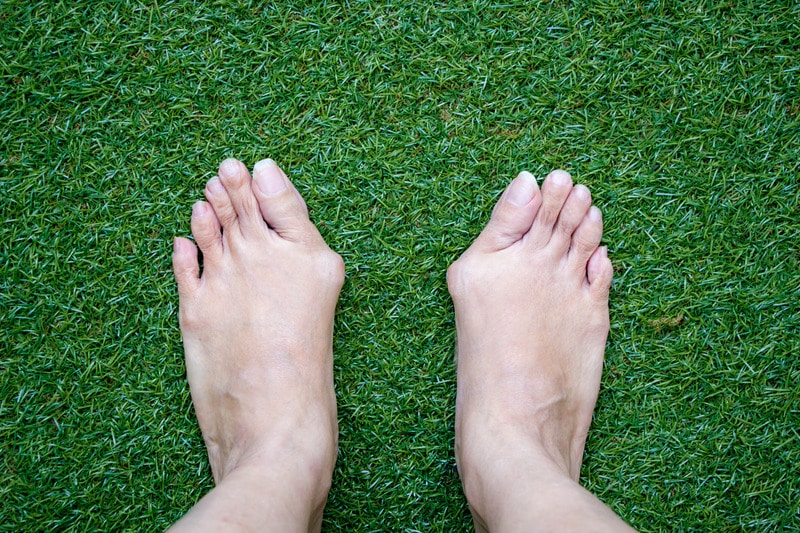Shoulder or Elbow Pain
Many people seek help from their orthopaedic consultant for shoulder or elbow pain, which may be caused by a variety of problems. Pain originating from the shoulder may be felt in the shoulder itself or in areas around the shoulder and down the arm.
Common causes of shoulder pain are shoulder impingement and rotator cuff tears, tendonitis, arthritis, frozen shoulder and traumatic injuries including dislocations. Common causes of elbow pain are tendonitis, bursitis, arthritis and traumatic injuries.
If you experience acute or chronic (continuing) shoulder and elbow pain and are unsure of your diagnosis, seek medical advice before beginning any treatment. Some signs that you should be seen by a doctor include:
- Shoulder or elbow pain that persists beyond a few days
- Shoulder or elbow pain that occurs at night, or while resting
- Swelling or significant bruising around the joint or arm
- Signs of an infection, including fever, redness, warmth.
Shoulder and Elbow Stiffness
Shoulder stiffness is a symptom of several common shoulder problems. The cause of the stiffness is often either a frozen shoulder or shoulder arthritis. A patient with shoulder stiffness may have a reduced range of motion on lifting their arm, even when assisted by another person.
Elbow stiffness may be the result of arthritis or may be the result of a trauma, such as a fall, or any other form of physical injury. A stiff elbow can significantly affect the function of the arm as a whole.
Shoulder Weakness
Shoulder weakness may make it difficult to lift the arm and perform overhead activities. The cause of the weakness is usually either a rotator cuff tear or shoulder impingement. The rotator cuff is a group of four muscles and tendons that surrounds the ball of the ball-and-socket shoulder joint. A tear in one of the tendons of the rotator cuff weakens the arm, and this muscle weakness may be permanent, if it is left untreated.
Swelling
Elbows are extremely vulnerable to chronic orthopaedic conditions, such as tennis elbow, nursemaid’s elbow, golfer’s elbow or elbow bursitis. Although there is swelling of the tendons with tennis and golfer’s elbow, this may not be visible. Most often, pain will occur with these conditions. Bursitis in the elbow often presents as swelling, but without pain.
Swelling around the shoulder may be the result of acute tendonitis or possibly infection. If you develop an acute painful swelling around either the elbow or the shoulder, you should seek an urgent opinion from a shoulder specialist.
Instability
The shoulder joint can come partly out of joint (shoulder subluxation) or completely out of joint (shoulder dislocation). Once a shoulder has suffered a dislocation it is more likely to dislocate in the future. This condition is referred to as shoulder instability. Patients with shoulder instability symptoms often complain of an uncomfortable sensation and feel that their shoulder may be about to slide out of place.
The elbow is a much more stable joint than the shoulder; however it can also become unstable following an injury.




